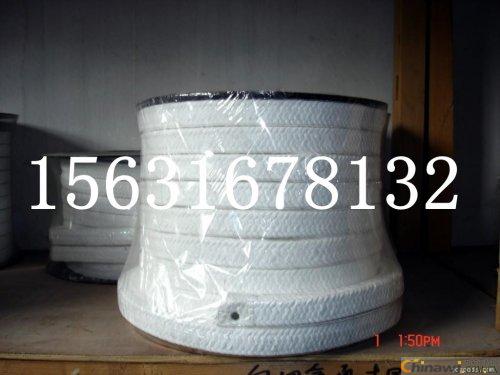The reason for the pump trip fault test is to find out the cause of the pump trip fault phenomenon, and observe the changes of the meters in the switch closing process to confirm what causes it to trip. In the test, the voltmeter monitors the microcomputer trip circuit, the milliampere monitors the operation of the differential relays 1cj, 2cj, and the ammeter monitors the thermal protection loop. After the meter is connected, the feed pump is started. After a period of test, the pump once trips once, and the pointer of the milliampere meter is deflected. The other monitors do not respond. The new xjl- The 0025/31 type integrated block signal relay 1xj also acts off, indicating that it is tripped by the differential protection action.
Root cause analysis
The differential protection action first suspects that there is a fault inside the protected device. Through routine inspection, the pump motor and its cable are normal, the differential relay is verified normally, and the current transformer polarity is connected correctly. After eliminating the cause of equipment failure and wiring error, the differential protection operates during the motor starting process, indicating that the differential current of the differential circuit exceeds the differential relay setting value during this process. There are two main reasons for the differential current difference current under normal conditions: First, the current transformer on both sides of the motor has different ratio error, and there is a small difference current, which is less than 5% of the rated current id of the motor. . Second, the difference in the secondary load of the current transformer on both sides of the head and tail will also cause the difference in the ratio, so that there is a difference current. The current transformer load difference in the differential protection circuit of the pump motor is only the difference of the length of the secondary cable, which is about 50m apart, and the power consumption of the differential relay is not more than 3va at the rated current, and the secondary load is not heavy. Check that the first and last side current transformers used for differential protection of the feed pump motor are lmzbj-10, b level 15 times rated current, ratio 600/5, capacity 40 va, fully meet the requirements of secondary load.
The above analysis is based on normal operating conditions, and the situation is different when the motor is started. When the motor starts, the current is very large, and the current transformers on both sides of the first and last ends may be saturated. At this time, the secondary differential current may be large due to the inconsistent magnetization characteristics of the current transformers.
According to the setting of lcd-12 differential relay of Acheng Relay Factory, the operating current setting value of relay is izd=△i1×kk×in/n=0.06×3×356/120=0.534a where: △i1—first The maximum error of the tail current transformer during normal operation, 0.04 ~ 0.06; kk - reliability coefficient, 2 ~ 3; in - motor rated current; n - current transformer ratio. Should be set at 1.0a. In the case of using the b-level transformer, the differential relay operating current is set at 1.5a, and the braking coefficient is 0.4. The differential protection will occasionally operate when the motor starts, because the b-level current transformer magnetization characteristic saturation point. Lower, low saturation resistance, can not meet the requirements of differential relays.
Generally, the current transformer of the differential protection circuit is required to adopt d-stage, and the saturation point of the d-stage transformer is higher, which is not so easy to be saturated, and can reduce the differential current flowing through the differential circuit when the motor starts. When the current transformer of the d-class is replaced, the operating current of the differential relay is set at 1.0a, and the braking coefficient is 0.4, and there is no fault that the switch is tripped when the switch is closed. (Source: Sealing Technology Network)
PTFE packing range: It is made of raw material belt. It is suitable for packing and sealing of valves, kettles and pumps under corrosive medium conditions in chemical, pharmaceutical, food, petrochemical and electric power industries.
Technical Parameters:
Temperature: -200 ° C ~ 280 ° C
Line speed: 20M/S
Pressure: 2MPa 15MPa
Chemical resistance: PH value 0-13
Aramid packing range: granular fluid and its medium, steam, organic solution, acid, alkali, etc., used in the sealing of machinery, pumps, valves, pipes, containers, etc. used in fluid conveying equipment.
Features: The filler has excellent lubricity and wear resistance. The most outstanding performance is high strength, high grinding capacity, good chemical resistance, high rebound, low cold flow and easy disassembly. It is especially suitable for dynamic sealing parts containing solid particle media.
Technical Parameters:
Temperature: -100 ° C ~ +300 ° C
Pressure: 35MPa
Chemical resistance: PH value 2-13.
Hebei Innovation Sealing Material Co., Ltd. Main: graphite products, asbestos products, PTFE products, ceramic fiber products, glass fiber products, aramid products, rubber products, PTFE sheets, metal winding mats, ladle pads, copper pads, octagonal mats , all kinds of packing, gaskets, etc.......

2 tier Cooling Rack,3 tier Cooling Rack,Foldable Cooling Rack,Creative Cooling Rack
Shenzhen Lanejoy Technology Co.,LTD , https://www.szbrassnuts.com